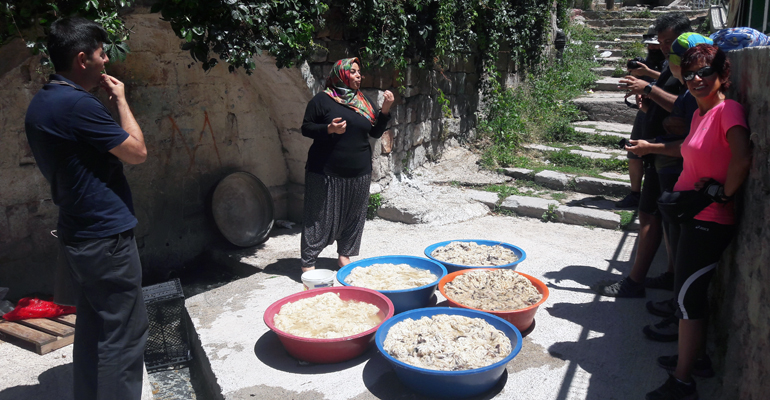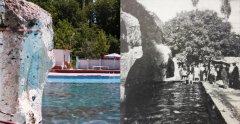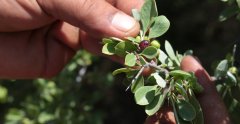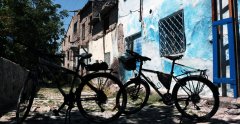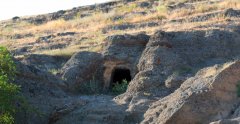One of the most important districts of Kayseri, Develi is the most developed urban center after the provincial center. Bearing this importance over the course of history, Develi was an important trade and agriculture center in Byzantine, Seljuk and Ottoman eras. Develi's old name being Everek, it is also a foremost memory site of Anatolian Armenians. Armenians were living as a community in Everek starting by the 15th century. This community was continuously developing up untill 1915. Unlike most of the rest of Turkey, Armenians continued to live in Develi till the 1970s. On the other hand, Everek Armenians of the diaspora, formed compatriot unions in Egypt, Lebanon, France and the United States, by that trying to keep the memory of their homeland alive. The biggest reflection of the longing the people had in these compatriotic unions, are the four separate books they published that tells the history and stories of Develi.
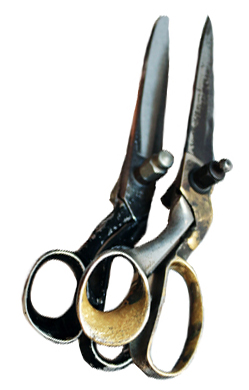
We visited Develi for the second time in the scope of Adaptive and Creative Reuse of Sites of Memory project. Before we start working the district, we completed our preparations in Kayseri center between 17 and 20th of July. Next to visits to The Governorship, The Provincial Culture and Tourism Directorate, Directorate of Cultural Heritage Conservation District Board and Union of Architects, we also conducted meetings with organizations, groups and individuals who have connections and are concerned with the cultural heritage in Develi. We also continued our oral history interviews, in addition to organizing an oral history workshop, by that transferring the method to new potential researchers in Kayseri. Looking to the interviews in Kayseri and Develi, once again we get convinced how oral history and cultural heritage are interconnected. For example, while we were looking for Persian berry dying methods somewhere, we were learning about Boyacı (dyer) Misak, who was a gatherer of Persian berry. The oral history interviews we conducted in Kayseri and the districts will be part of the Foundation's Oral History Archive and together with oral history interviews with people coming from Kayseri who live in Istanbul or elsewhere, will be forming the oral history of Kayseri.
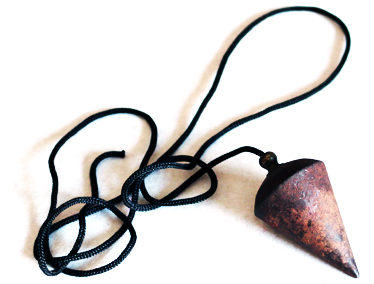
By our research on the cultural heritage of Develi during the two-week field study trip, we aimed at finding ways of reviving the memory and uncovering the culture of the area. We organized a round table meeting where Develi's civil society and local administration representatives and representatives from organizations from Kayseri center came together. During the meeting the discussions were on cultural heritage of Develi in general and the possibilities of this heritage being reused. With the suggestions of the participants, we discussed the reuse of Vartkes Yalçın's house, who have lived in Develi till 1998, and who is known and remembered by all Develi inhabitants. Towards the end of our trip, to discuss Vartkes's house, we invited restorator-architect Odil Cincaner to Develi, whom we got to know during our Adana field trip.
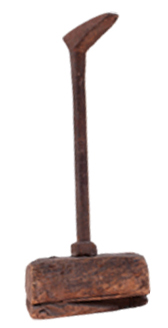
Other topics discussed during the round table meeting were the fountains of Develi and the crafts, both as cultural heritage that needs preservation. In our research and review of the literature published by the Develi compatriotic unions, we were able to spot the importance given to water, the rivers, the fountains and the pools. People in today's Develi know the value and make use of fountains like Elbiz, Köşkpınarı, Oruza, Venk, İlibe’s two fountains, Keşiş’s pool, Örsenek and Kasap Seyit. We got the impression that desipte this use, a visitor or a new inhabitant of Develi does not have the chance to learn and understand the value of these fountains. Having this in mind we prepared a draft map of the fountains with the help of the inhabitants of Develi. To evaluate the potential of this map becoming a culture tour, we organized a bicycle tour in partnership with the Develi Bicycle and Nature Sports Club. By adding the information we obtained during the tour to our research on the fountains, we saw how the participatory model is way more productive and fruitful.
We approached the other suggested topic, the crafts, again by comparing our information gathered from the literature with the knowledge and memory that is alive today. The once Fenese Market, known today as Melekgirmez ("Angels don't enter") and Uzun Çarşı ("The long market") was the home of ironsmiths, shoemakers of different kinds, tailors, masons, painters, hat makers and many other crafts. For example we saw how even though there are no more shoemakers, you can still find shoe repairers. Trying to record the information that is still remembered, we had the chance to meet with people who learned the craft from an Armenian artisan or who learned the craft from an artisan who learned from an Armenian artisan. We can say that it was comparatively easy to observe this heritage, because the Armenians continued to live in Develi up until the 1960's. However, not being under protection, we regretfully documented how the crafts are being considered as "outdated" and thus disappearing because of the industrialization of the last quarter century. Having in mind the reuse of cultural heritage, we couldn't but ask ouselves "what can we do for these crafts to be revitalized?"
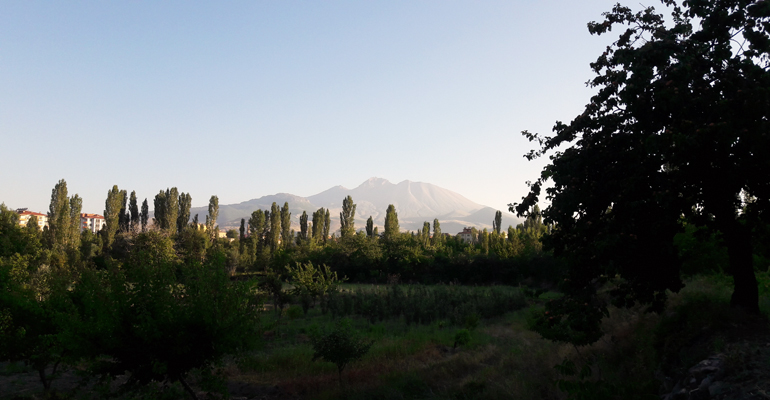
After completing our research on cultural heritage of Develi, we are occupied by the thought of how can we best present what we learned and gathered to those who want to understand Develi, to those who want to visit Develi, who want to remember Everek and Fenese, and how can we be useful for the generations of those who migrated from Develi long time ago.
We cannot thank enough those who welcomed us, those who every time saw us, asked "what are you doing?" and after we answered the questions they opened new windows and opportunities for us. We witnessed what the real hospitality is, what is being sad for those who left, what is to long for what is left behind. Now it's the time for being able to share this experience.
Develi's cultural heritage with its fountains, houses and crafts
Surp Krikor (Keşiş'in havuzu) water. As much as yesterday, today too Develi inhabitants learn swimming here.
Persian berry. The subtance used for dyeing the ropes yellow, was an important income source in 19th century Develi .
During the Develi fountains bicycle tour, resting by the Oruza fountain.
Surp Minas cave. The start point of the race to the Cross Mountain played on the Day of the Cross between the Everek and Fenese youth.


